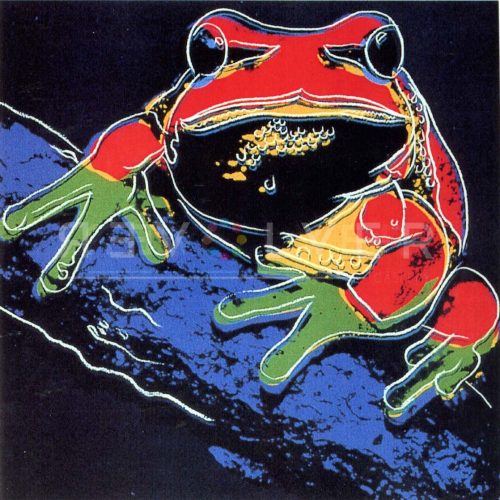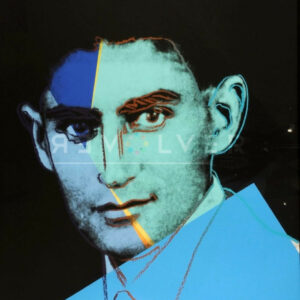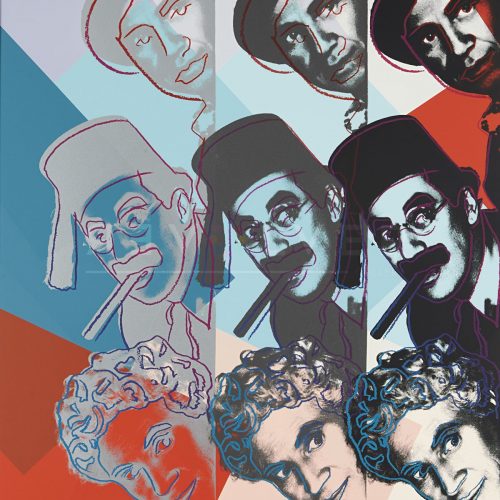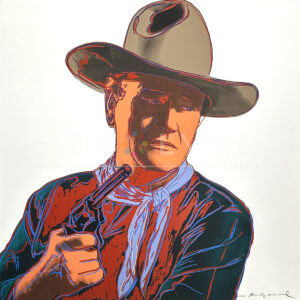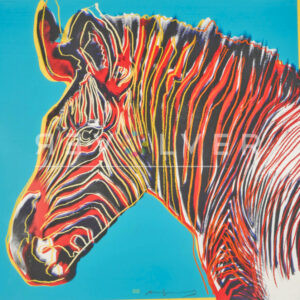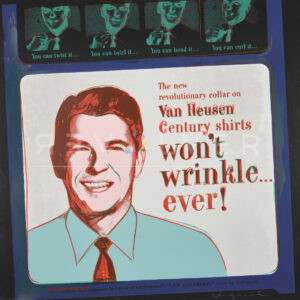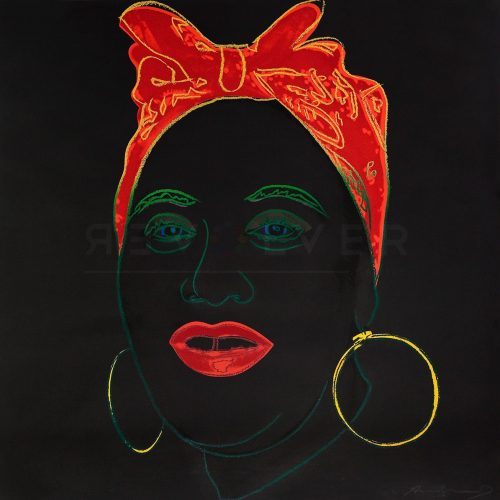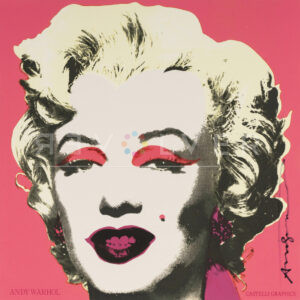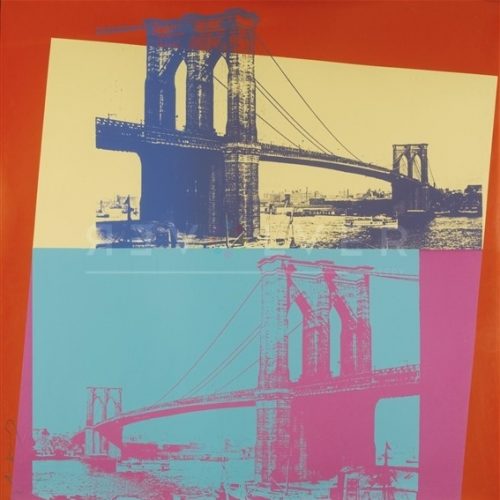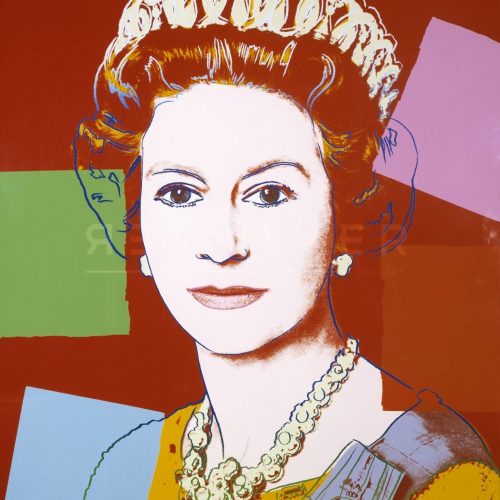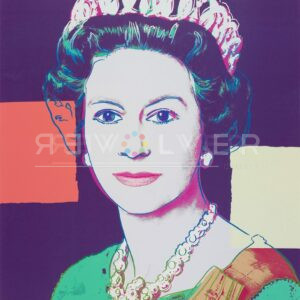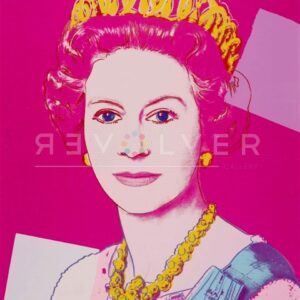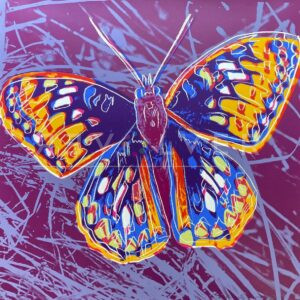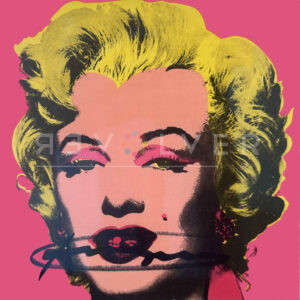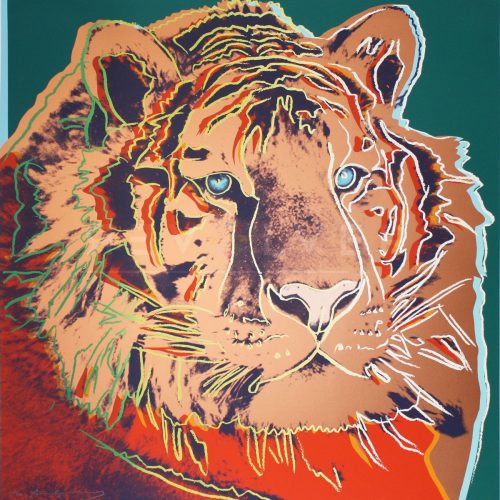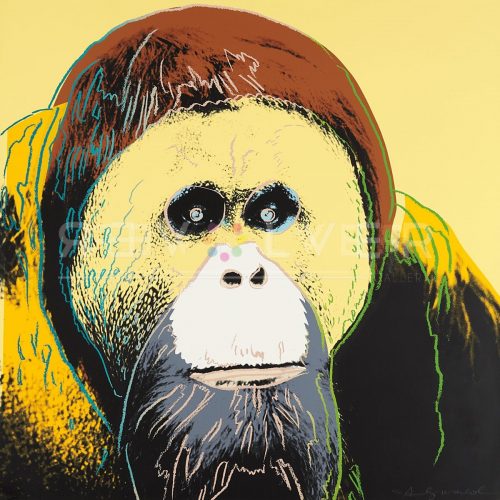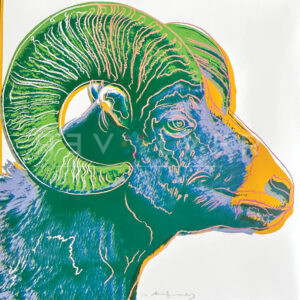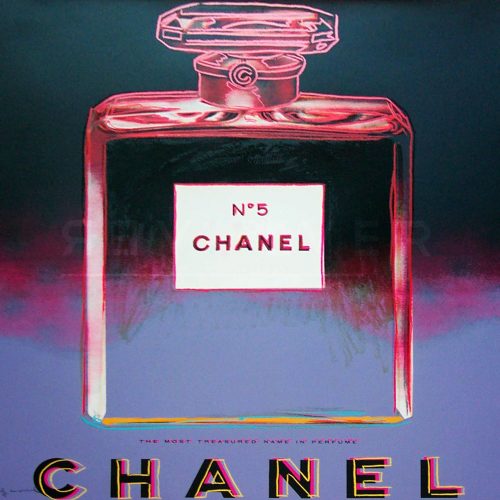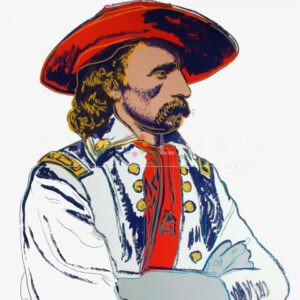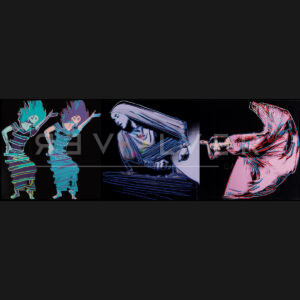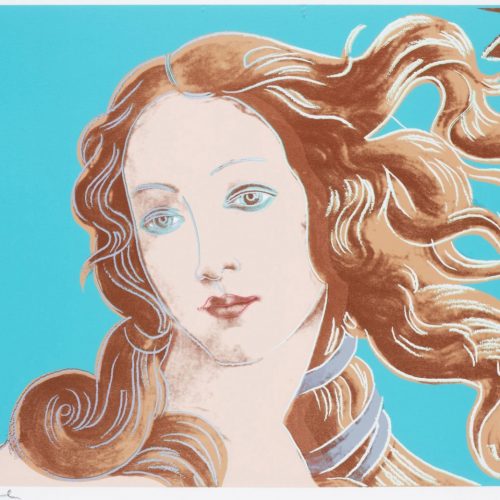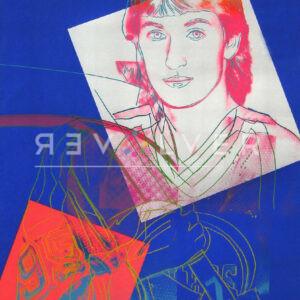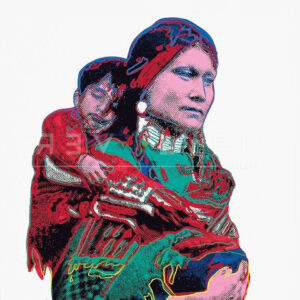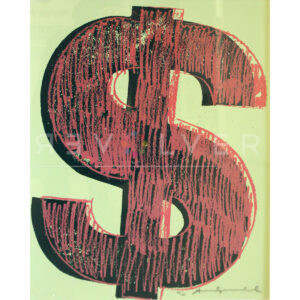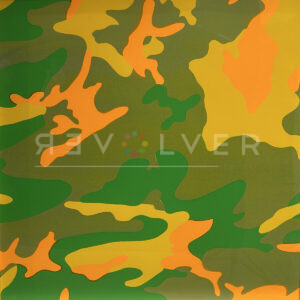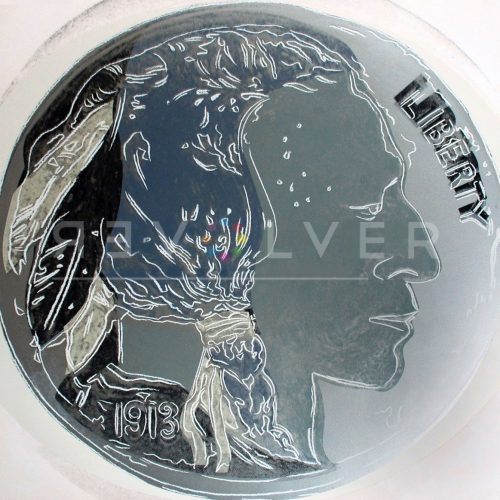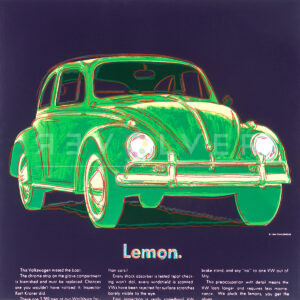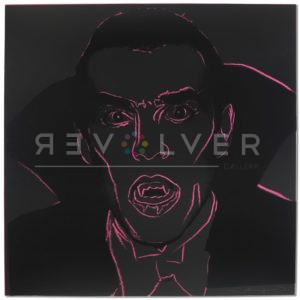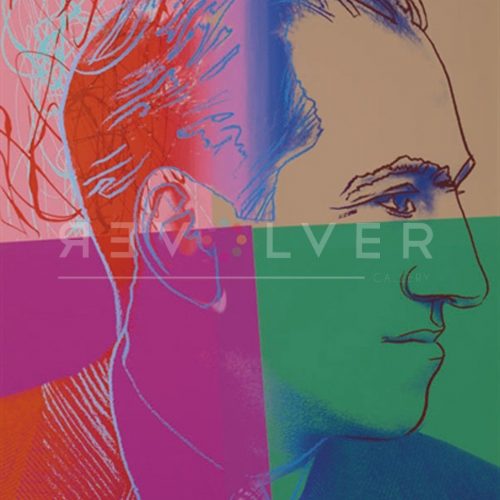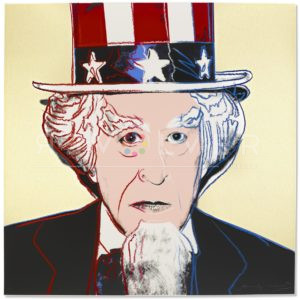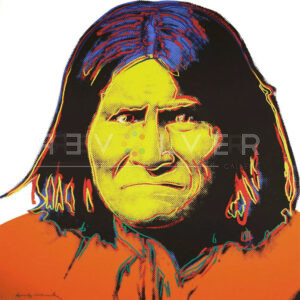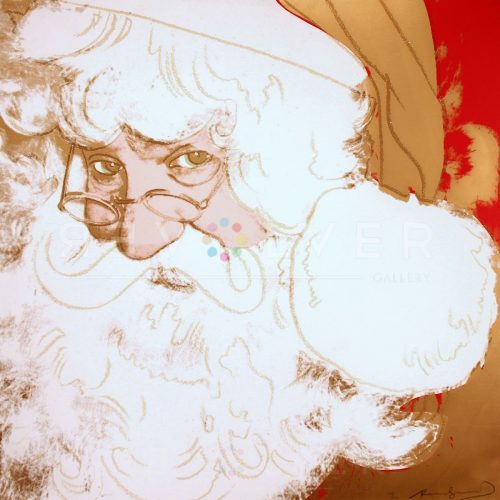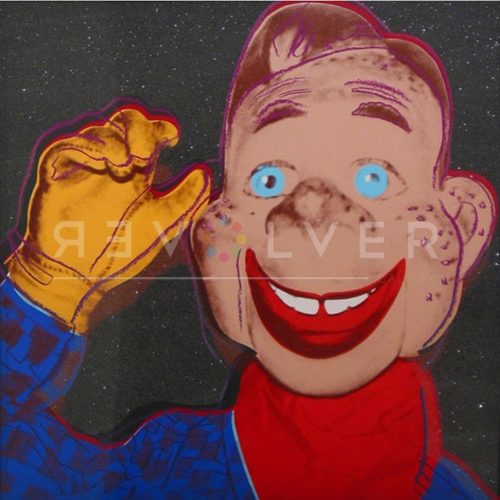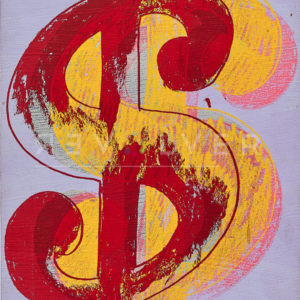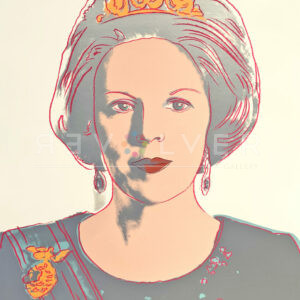Revolver Inventory ’80s
Home ▸ Revolver Inventory ▸ Revolver Inventory ’80s
In the 1980s, Andy Warhol aligned himself with up and coming artists of the New York scene such as Keith Haring, Julian Schnabel, David Salle, and other Neo-Expressionists. Warhol also mingled with members of the Transavantgarde movement in Europe, including Francesco Clemente and Enzo Cucchi. His most recognizable collaboration was with self-taught artist Jean-Michel Basquiat that resulted in his return to painting. Art critic Ronnie Cutrone described their unique relationship as “…symbiotic. Jean-Michel thought he needed Andy’s fame, and Andy thought he needed Jean-Michel’s new blood. Jean-Michel gave Andy a rebellious image again.” (Warhol: The Biography by Victor Bockris)
Warhol continued his various projects by participating in television shows and movies, and he created his television show Andy Warhol’s Fifteen Minutes that first aired on MTV in October of 1985. In 1982 alongside Stuart Pivar, he founded the nonprofit art university, New York Academy of Art. With a growing clientele of wealthy socialites and businessmen who commissioned Warhol to create portraits, Warhol produced published and unpublished prints such as the Socialite Series or Kimiko.
Artwork from this period range from historical icons, to mythological figures and motifs from American popular culture, to appropriations of traditional Renaissance paintings. Warhol’s Cowboys and Indians series is a historical representation that mirrors a popular interpretation of the American West. In carefully selecting images that instinctively resonate with viewers, Warhol’s Cowboys and Indians becomes a commentary on the immense impact of mass media and the power of image. With his death in February 1987, Warhol was able to create one last portfolio, the Camouflage series. He had the opportunity to exhibit this series once in 1986 at a group show in New York.
Series from this period include Reigning Queens, Ads, Myths, and Details of Italian Renaissance Paintings. The Revolver Gallery inventory features a wide range of Warhol originals that capture the multi-dimensionality of his subject matter and the evolution of his artistic style.

